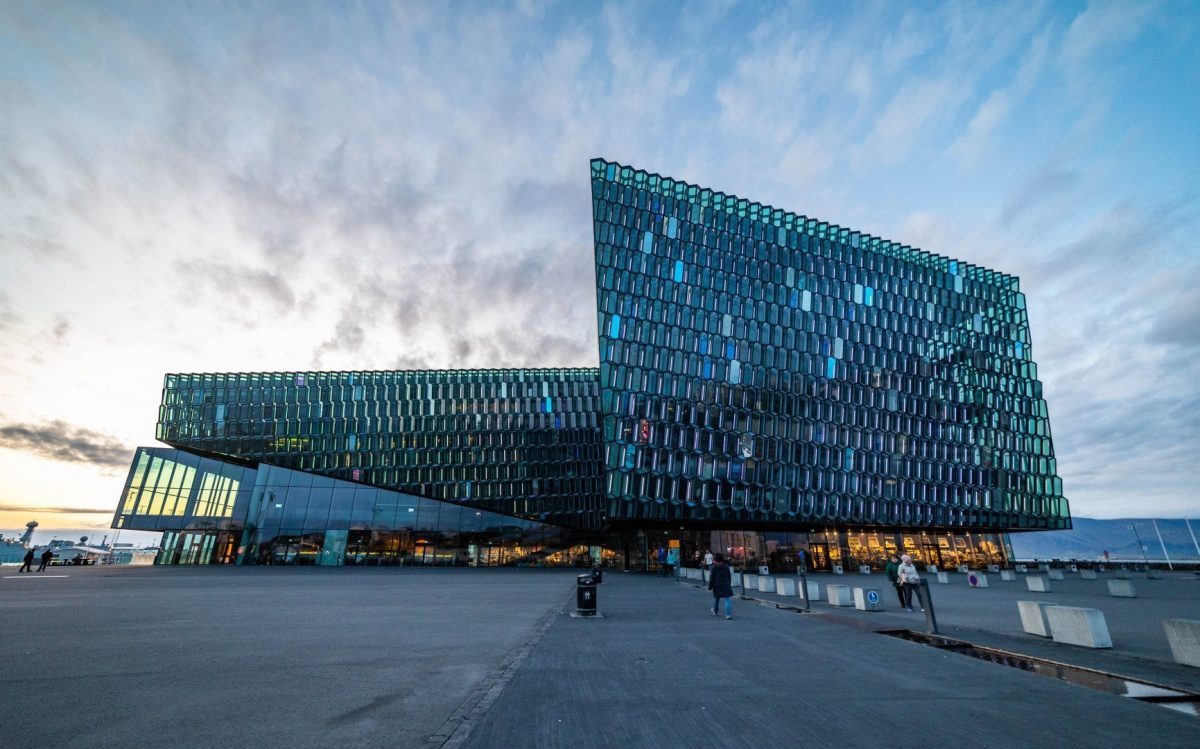Aurora Forecast Iceland March 2023: When and Where to See the Northern Lights
Are you planning a trip to Iceland in March 2023 for the singular purpose of seeing the Northern Lights? If so, you’re in luck! Iceland is one of the best places in the world to witness the Aurora Borealis, and March is an excellent time to catch the show. But what’s the Aurora forecast for Iceland in March 2023? Here’s what you need to know to plan your trip.
First, What Are the Northern Lights?
The Northern Lights, or Aurora Borealis, are a natural phenomenon that occurs when charged particles from the sun collide with particles in the Earth’s atmosphere. This collision creates bright, colorful lights in the sky that dance and shimmer in the darkness. The colors are typically green, sometimes with shades of pink, purple, and blue.
Why Is Iceland a Great Place to See the Northern Lights?
Iceland is directly beneath the auroral oval, which is the ring-shaped region around the Earth’s magnetic North Pole where auroras are most likely to occur. This makes Iceland one of the best places on the planet to witness the Northern Lights. Furthermore, Iceland’s sparse population and limited light pollution make it an ideal location for viewing the aurora.
When Is the Best Time to See the Northern Lights in Iceland?
The best time to see the Northern Lights in Iceland is from late September to early April when the nights are long and dark. March is an excellent month to witness the Northern Lights because there is still plenty of darkness, and the weather is often more mild than in the dead of winter. Additionally, in March, the Northern Lights are still quite active.
What Is the Aurora Forecast for Iceland in March 2023?
It’s impossible to predict the Aurora forecast so far in advance, but based on past years, your chances of seeing the Northern Lights in Iceland in March 2023 are good. The months surrounding the equinoxes (September and March) are typically the most active periods for aurora sightings.
To check current aurora activity levels in Iceland, you can consult the Icelandic Met Office website or the Aurora forecast website. These sites provide real-time data and predictions for Northern Lights activity in Iceland.
Where Is the Best Place to See the Northern Lights in Iceland?
There are several excellent locations in Iceland to see the Northern Lights. Some of the most popular destinations include:
1. Reykjavik
Reykjavik is Iceland’s capital and largest city. While the urban environment may not seem like the ideal place to view the Northern Lights, you can often catch them from the outskirts of the city if the conditions are right.
2. Thingvellir National Park
Thingvellir National Park is a UNESCO World Heritage Site located about an hour’s drive from Reykjavik. It’s a popular winter destination, and for a good reason. The park is situated in a rift valley between two tectonic plates, making it an epic stargazing location.
3. Jökulsárlón Glacier Lagoon
Jökulsárlón Glacier Lagoon is a stunning glacial lake on Iceland’s southeast coast. It’s one of the most picturesque locations in Iceland, and it’s an excellent spot to witness the Northern Lights, especially when the lights reflect off the lagoon’s icy waters.
How to Improve Your Chances of Seeing the Northern Lights
While there’s never a guarantee, there are a few things you can do to improve your chances of seeing the Northern Lights in Iceland:
1. Plan Your Trip Around the New Moon
Moonlight can wash out the Northern Lights, making them harder to see. If possible, plan your trip around the new moon when the skies are darkest.
2. Get Away from Light Pollution
The Northern Lights are best viewed in complete darkness, so get as far away from light pollution as possible. That means getting outside the city and finding a dark spot in nature.
3. Check the Weather
Clear skies are crucial for viewing the Northern Lights, so be sure to check the weather forecast before heading out.
4. Be Patient
The Northern Lights are a natural phenomenon, and there’s no predicting an exact moment they will show up. So, be patient, and give yourself a few nights to maximize your chances of seeing them.
Final Thoughts
Iceland is a beautiful country with a lot to offer, but witnessing the Northern Lights is an experience like no other. So, plan your trip, have patience, and hope for clear skies. If you’re lucky, you’ll be treated to one of nature’s most spectacular shows – The Aurora Borealis.
Table of Contents

